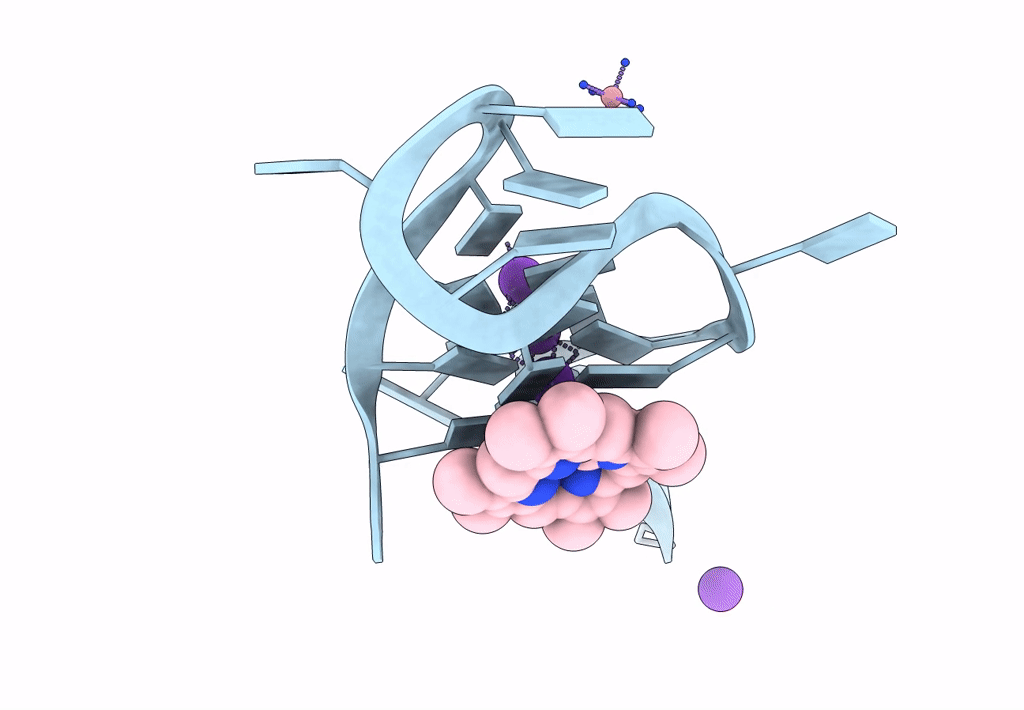
Deposition Date
2022-09-05
Release Date
2022-12-28
Last Version Date
2024-05-22
Entry Detail
PDB ID:
8EDP
Keywords:
Title:
Crystal structure of a three-tetrad, parallel, and K+ stabilized homopurine G-quadruplex from human chromosome 7
Biological Source:
Source Organism:
Homo sapiens (Taxon ID: 9606)
Method Details:
Experimental Method:
Resolution:
2.01 Å
R-Value Free:
0.27
R-Value Work:
0.24
R-Value Observed:
0.24
Space Group:
P 2 21 21


